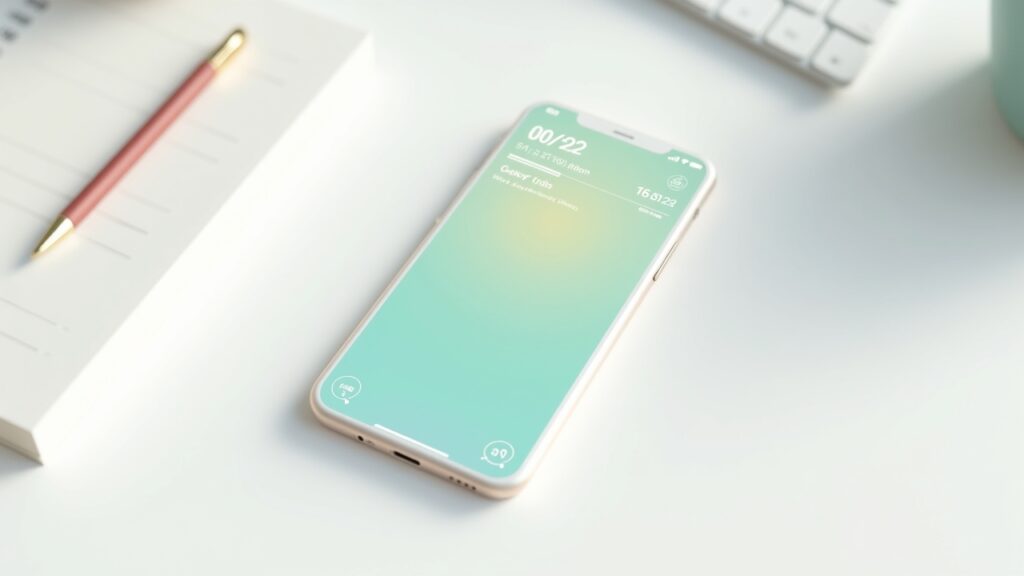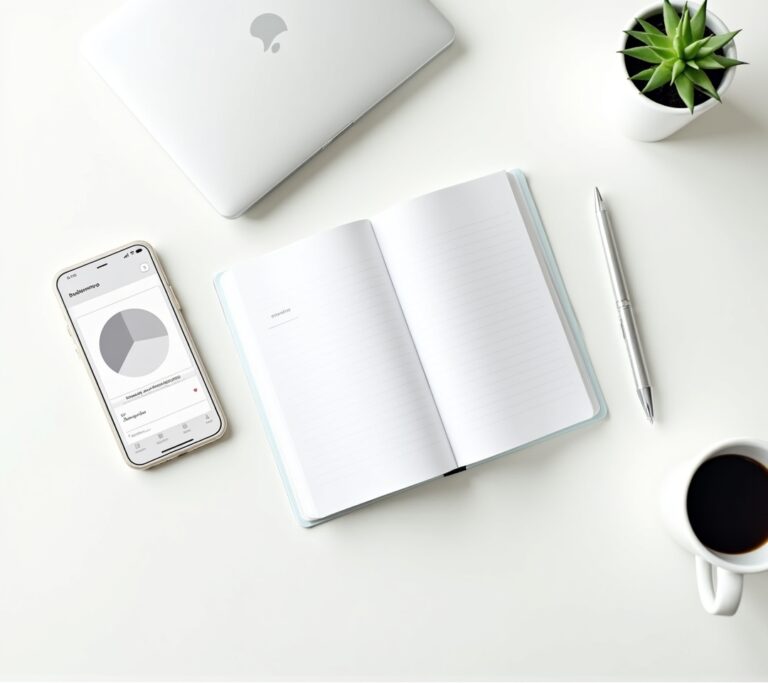Advertisements
Did you know that adults with ADHD are twice as likely to have financial difficulties compared to neurotypical folks? Yeah, that stat hit me hard when I first read it. As someone who’s been living with ADHD for decades, I’ve had my fair share of money mishaps – from forgetting to pay bills (hello, late fees!) to impulse buying things I definitely didn’t need.
Look, budgeting with ADHD isn’t just challenging – sometimes it feels downright impossible. But here’s the thing: after years of trial and error, I’ve figured out some strategies that actually work with my brain instead of against it.
Why Traditional Budgeting Fails Us ADHD Folks

Traditional budgeting advice is basically torture for the ADHD brain. Seriously, who thought spreadsheets with 47 categories was a good idea? I once tried using one of those fancy budgeting apps that everyone raves about, and I abandoned it after three days. The notifications alone were enough to make me want to throw my phone out the window.
The problem is that most budgeting systems weren’t designed for brains like ours. They require consistent attention to detail, regular updates, and – here’s the kicker – remembering to actually check them. My ADHD brain laughs at all three of those requirements.
Plus, there’s the whole executive dysfunction thing. Some days, just looking at my bank balance feels like climbing Mount Everest in flip-flops.
The ADHD-Friendly Budget System That Changed My Life
After years of failed attempts, I finally cracked the code. The secret? Simplicity and automation. I call it the “Set It and Forget It” approach, and honestly, it’s saved my financial life.
First, I ditched the complicated categories. Now I only have three: Needs, Wants, and Future Me. That’s it. Rent, groceries, and bills go in Needs. Everything fun goes in Wants. Savings and debt payments? That’s Future Me’s money.
The game-changer was setting up automatic transfers. Every payday, my bank automatically moves money into different accounts. I literally don’t have to think about it – which is perfect because let’s be real, I probably wouldn’t remember anyway.
Visual Tricks That Keep Me on Track
You know how us ADHD brains love visual stuff? I’ve turned that into my superpower. Instead of boring spreadsheets, I use a simple app called Mint that shows me colorful pie charts. Green means I’m good, yellow means slow down, and red means STOP SPENDING NOW.
I also stuck a dry-erase board on my fridge. Every time I spend money, I write it down immediately. Is it perfect? Nope. Do I sometimes forget? Absolutely. But it’s way better than trying to remember everything at the end of the month.
Another visual trick that’s been huge for me is using cash envelopes for my “fun money.” Once that envelope’s empty, that’s it for the month. There’s something about physically seeing the money disappear that makes it real in a way that swiping a card never does.
Dealing with Impulse Spending (My Biggest Enemy)
Oh man, impulse buying. If there was an Olympic sport for buying random stuff at 2 AM, I’d have a gold medal. Last month, I almost bought a miniature goat online. A GOAT. I live in an apartment!
Here’s what’s helped me tackle this beast. First, I deleted all shopping apps from my phone. If I want to buy something, I have to use my laptop – and by the time I find it and boot it up, the urge usually passes. I also use a browser extension called Cold Turkey that blocks shopping sites during my danger hours (late night for me).
The 24-hour rule has been another lifesaver. When I want something, I write it on a sticky note and wait a day. You’d be amazed how many things I don’t actually want after sleeping on it.
Emergency Funds and ADHD Tax
Let’s talk about the ADHD tax – you know, all those extra costs from forgetting things, losing stuff, or making impulsive decisions. I used to beat myself up about it, but now I just budget for it. Seriously.
I have a separate “Oops Fund” for when I inevitably forget to cancel a free trial or lose my third pair of headphones this year. It’s not giving up; it’s being realistic. Having this buffer means one mistake doesn’t derail my entire budget.
Building an emergency fund seemed impossible at first. So I started tiny – like $5 a week tiny. I set up an automatic transfer to a high-yield savings account at Ally Bank (they have no minimum balance, which is perfect for starting small). Now I’ve got a decent cushion, and I barely noticed it happening.
Your ADHD Budget Mastery Begins

Look, budgeting with ADHD is never gonna be easy. Some months I nail it, others I’m eating ramen and wondering where my money went. But that’s okay! The point isn’t perfection – it’s progress.
Start small. Pick one strategy from this post and try it for a week. Maybe it’s the three-category system, or maybe it’s just writing down what you spend. Whatever works for your brain is the right answer.
Remember, you’re not bad with money because you have ADHD. Your brain just needs different tools. And hey, if you’re looking for more tips on managing money and life with our wonderfully chaotic brains, check out other posts on Cashflow Zen. We’re all figuring this out together, one forgotten bill at a time!




[…] looking for more practical money tips that actually work in the real world, check out other posts on Cashflow Zen. We’re all about finding that sweet spot between financial responsibility and […]